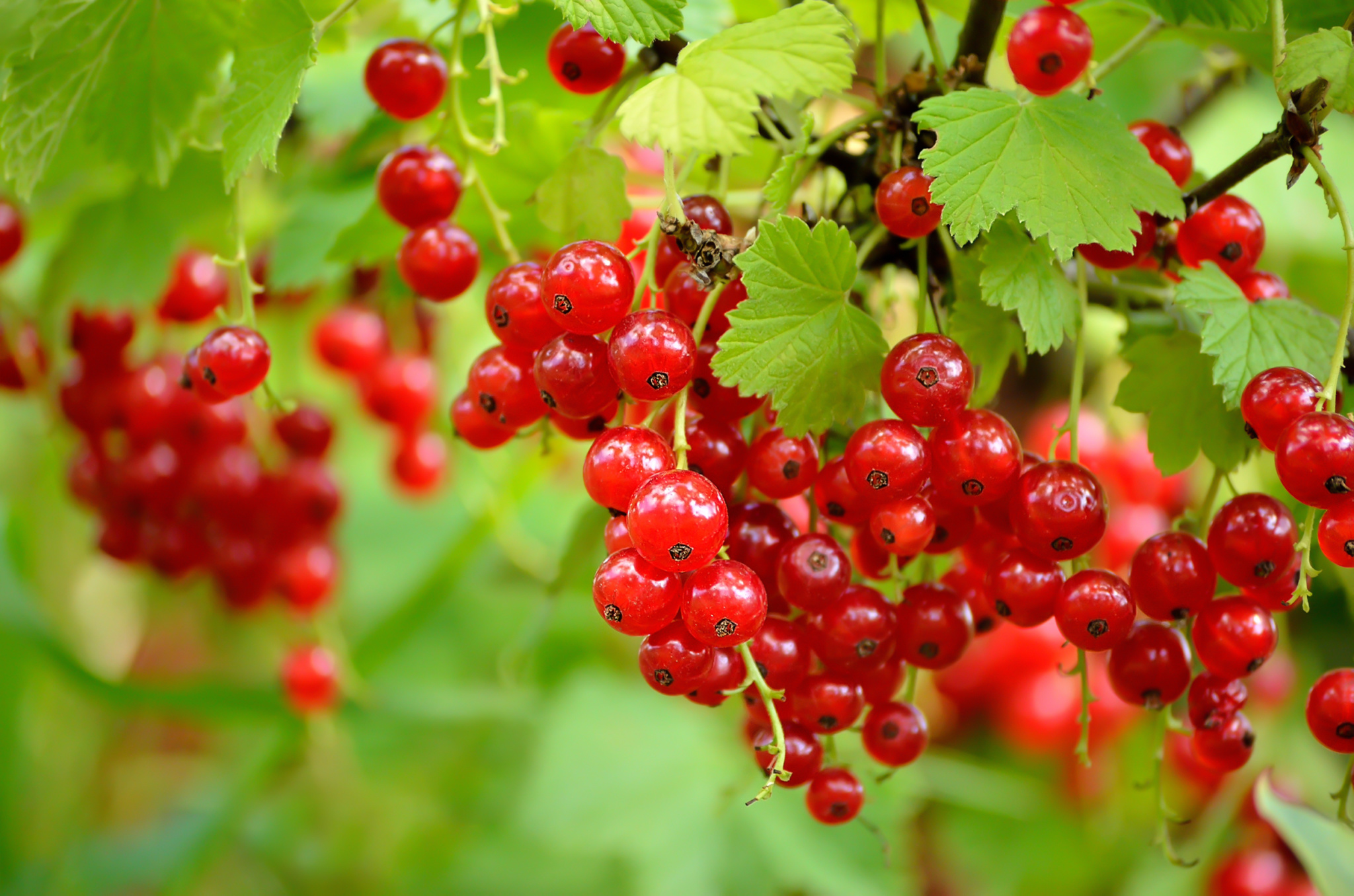How To Grow Currants : Prune annually to remove weak or dead canes.
How To Grow Currants : Prune annually to remove weak or dead canes.. Pruning currant shrubs annually is helpful for the plant as well in both maintaining its form and inducing a bigger, healthier harvest each year. Currant bushes live 12 to 15 years, so its worth taking the time to prepare the soil properly. Plant currants from 4 to 6 feet apart to promote air circulation. Feb 09, 2021 · here are a few ways to grow the bushes: In a shady, unused spot.
What does a currant taste like? Currants and gooseberries will grow in full sun to partial shade. Plants that dont get enough water during spring and summer may develop mildew. Keep the fertilizer 12 inches from the trunk of the shrub. Currant shrubs prefer the cool conditions in usda plant hardiness zones 3 through 5.

One variety will set fruit on its own.
Although they are usually used in baking, jams and jellies because of their tart flavor, some types are sweet enough to eat right off the bush. Aug 30, 2017 · planting currants: You will get more fruit if the plant is in full sun. Snow or occasional frost will not hurt most new plants (green tissue culture plants excepted), and spring rains will foster growth. In a shady, unused spot. See full list on gardeningknowhow.com If your soil is clay or sandy, work in lots of organic matter before planting, or prepare a raised bed. Planting in the fall is not recommended in the northeast and midwest. Because they grow larger, black currant plants should be farther apart than red and white currants. Ornamental as well as practical, currants are an excellent choice for home gardens in northern states. Plants that dont get enough water during spring and summer may develop mildew. Some currant shrubs are attractive enough to plant in a shrub or flower border. Plants may drop their leaves when temperatures exceed 85 degrees fahrenheit (29 c.) for an extended period of time.
Currants and gooseberries will grow in full sun to partial shade. Currant shrubs prefer the cool conditions in usda plant hardiness zones 3 through 5. See full list on gardeningknowhow.com If the soil is sandy, work in lots of organic matter or prepare a raised bed. See full list on gardeningknowhow.com

Currant shrubs prefer the cool conditions in usda plant hardiness zones 3 through 5.
When to plant currant bushes? See full list on gardeningknowhow.com Snow or occasional frost will not hurt most new plants (green tissue culture plants excepted), and spring rains will foster growth. Currants come in red, pink, white and black. Ornamental as well as practical, currants are an excellent choice for home gardens in northern states. Aug 30, 2017 · planting currants: Some currant shrubs are attractive enough to plant in a shrub or flower border. Reds and pinks are used primarily in jams and jellies because they are quite tart. Currant shrubs prefer the cool conditions in usda plant hardiness zones 3 through 5. One variety will set fruit on its own. See full list on gardeningknowhow.com Dried currants are becoming increasingly popular as a snack. Water currant shrubs regularly to keep the soil moist from the time they begin growing in spring until after harvest.
Because they grow larger, black currant plants should be farther apart than red and white currants. See full list on gardeningknowhow.com Some currant shrubs are attractive enough to plant in a shrub or flower border. Reds and pinks are used primarily in jams and jellies because they are quite tart. Plants may drop their leaves when temperatures exceed 85 degrees fahrenheit (29 c.) for an extended period of time.

Oct 03, 2020 · dig the hole about 12 inches deeper than the plant needs and fill the bottom of the hole with a mixture of compost and soil.
Snow or occasional frost will not hurt most new plants (green tissue culture plants excepted), and spring rains will foster growth. Try planting them under oak, walnut, or apple trees, according to gaia's garden. If your soil is clay or sandy, work in lots of organic matter before planting, or prepare a raised bed. Feb 09, 2021 · here are a few ways to grow the bushes: If the soil is sandy, work in lots of organic matter or prepare a raised bed. Pruning currant shrubs annually is helpful for the plant as well in both maintaining its form and inducing a bigger, healthier harvest each year. Plant in sun or partial shade if in cooler climates, but keep your plants in afternoon shade if in warmer climates. Plant as early as possible in the spring. See full list on gardeningknowhow.com Walmart.com has been visited by 1m+ users in the past month Plant currants from 4 to 6 feet apart to promote air circulation. You will get more fruit if the plant is in full sun. Reds and pinks are used primarily in jams and jellies because they are quite tart.